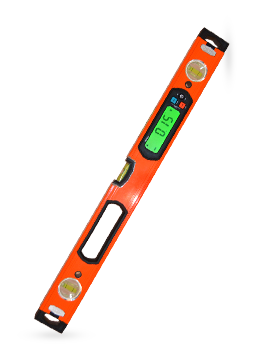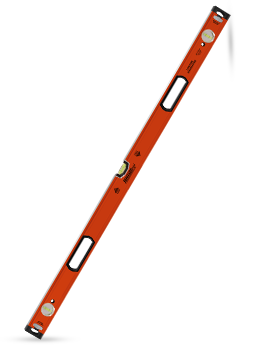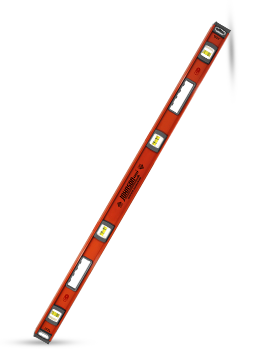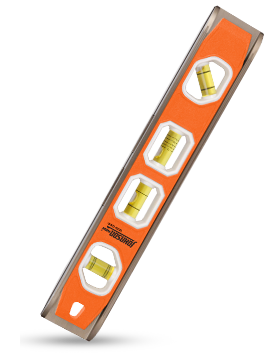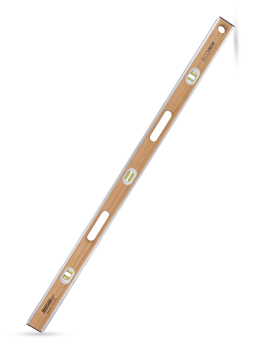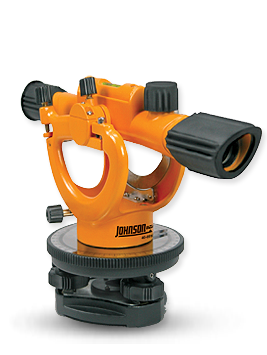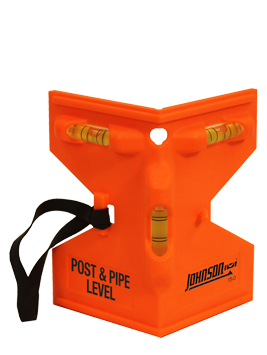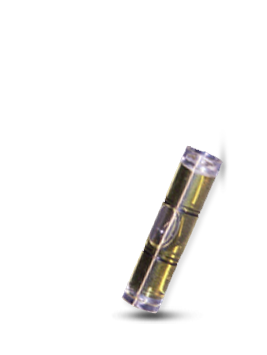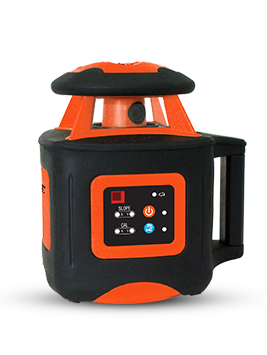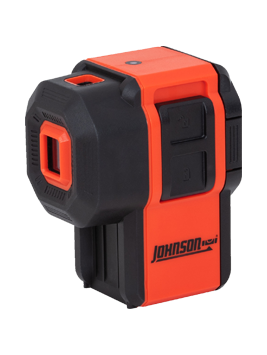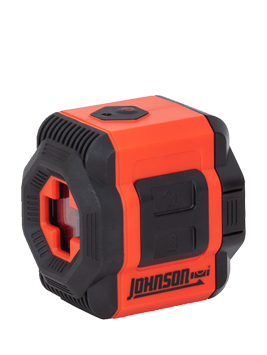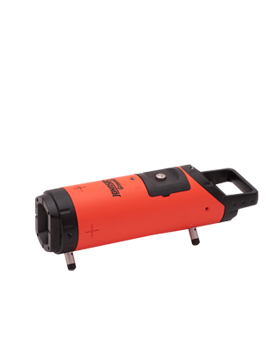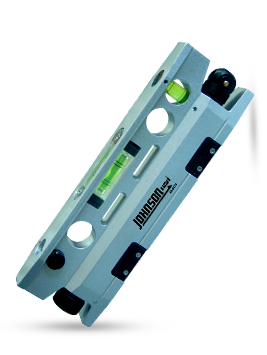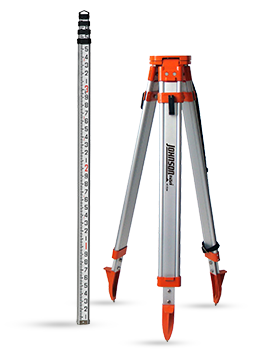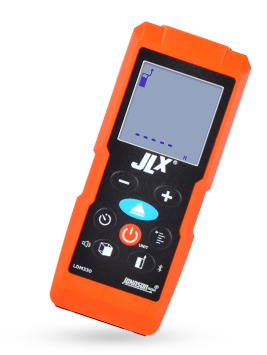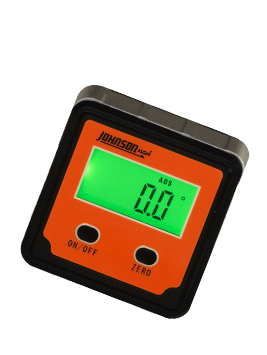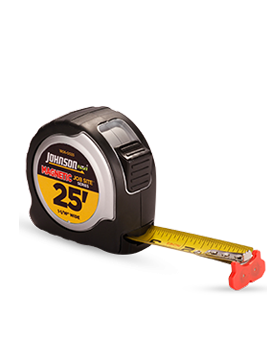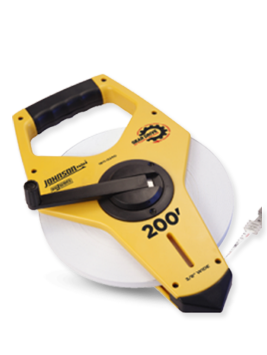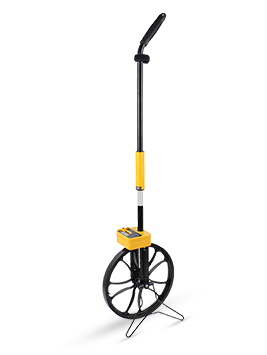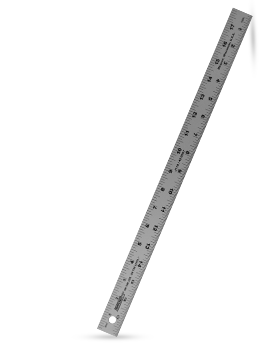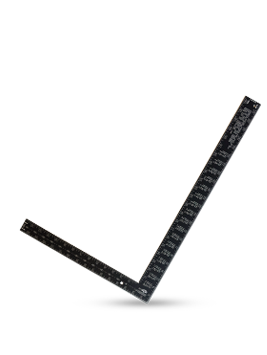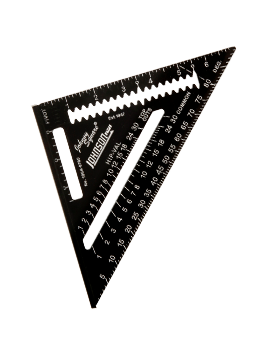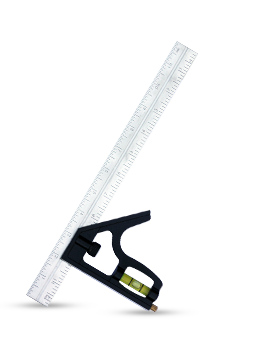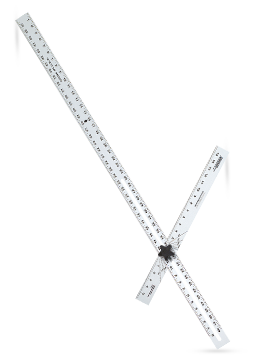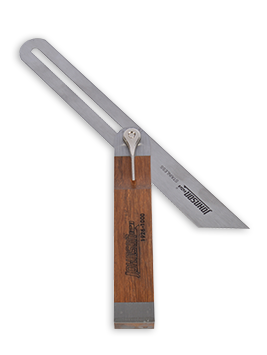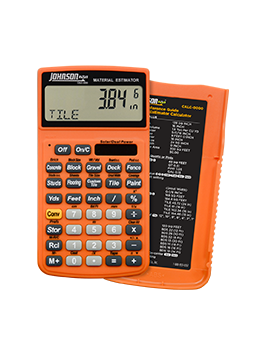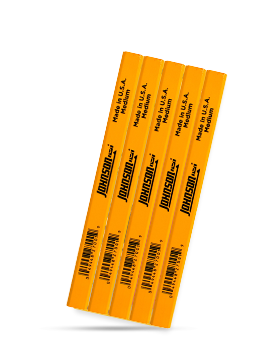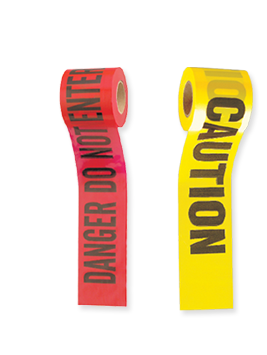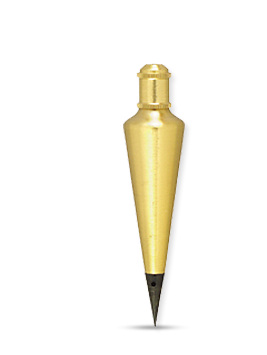175 Series Post Level
Note from Johnson Level:
The 175 Post Level from Johnson is a great value and an extremely handy tool to have around. In the following review, Tom Hintz from NewWoodworker.com explains how he does not understand how anybody that is building a deck or fence would not buy this tool. You can be assured that your deck or fence will be level by using this simple tool. For this review by Tom Hintz in the original form, please click here.
Johnson Post Level
Cheap, effective and simple - and overlooked
Text and photos by Tom Hintz
Posted - 4-29-2011
One of the things that puzzles me about some people is how they refuse to take advantage of this very effective technology that comes with virtually no complexity and a price tag so small that it barely qualifies as a cost at all. TheJohnson Post Level (#175) is such a tool and in addition to having all of the qualities listed above, it is also Made in America!
The Basics
The Johnson Post Level is based around a heavy plastic plate that is formed with a 90-degree corner. The "system" for attaching the Johnson Post Level to a post just cannot get more basic than the rubber band (yes, it is included and it is sort of big if that helps) used to hold it in place. I guess that rubber band qualifies the Johnson Post Level as a "tool free" tool.
The Johnson Post Level is 5-1/2"-tall with each side being 3-1/2" in width. Those dimensions undoubtedly mean that the Johnson Post Level has a range of post sizes that it is capable of being attached to but by the looks of the rubber band I doubt any of us will be setting posts that are too big for the Johnson Post Level.
The Johnson Post Level has three brightly colored bubble vials, one vertical on the corner and two horizontal vials, one on each face. That really is it! The only moving parts are the bubbles and the adjustments needed amount to nothing more than placing it in a visible spot on the post and stretching the rubber band around that post to hold it in place.
The only surprise for some users might be that the Johnson Post Level is designed to be used on horizontal components (rails) as well as posts. That is why there is a vertical vial that is centered on the bend. Lay the Johnson Post Level on the rail and what used to be a vertical vial now indicates level allowing you to be sure that the rails are level with the world. One of previously horizontal vials is now on top of the rail on the front to back axis so you can make sure that the rails are square to the posts.
In the Yard
What I like about tools like the Johnson Post Level is that they let me work more efficiently when alone. Being able to attach the Johnson Post Level to a post is a lot like having an extra person there. I can watch the bubbles as I make adjustments to the post and know when both horizontal bubbles are centered that the post is truly plumb both side-to-side and front-to-back. No propping the post up and stepping back to eyeball the alignment or holding a level against the sides while trying to make adjustments. Center the bubbles and the Johnson Post Level assures you that the post is straight.
The design of the Johnson Post Level is pretty much as expected with the exception of the inside corner. Johnson recognized the conflict that can occur inside corners and the outside corners of the post. Johnson added a rounded relief that runs the full length of the inside corner. That gives the edge of the post a little room to be sure that the Johnson Post Level sites flat against the post to insure that it is as accurate as possible. A simple thing to be sure but without that little relief getting posts perfectly plumb can be a little harder. There is nothing to adjust, nothing to assemble and next to nothing to learn if you are competent with a rubber band.
